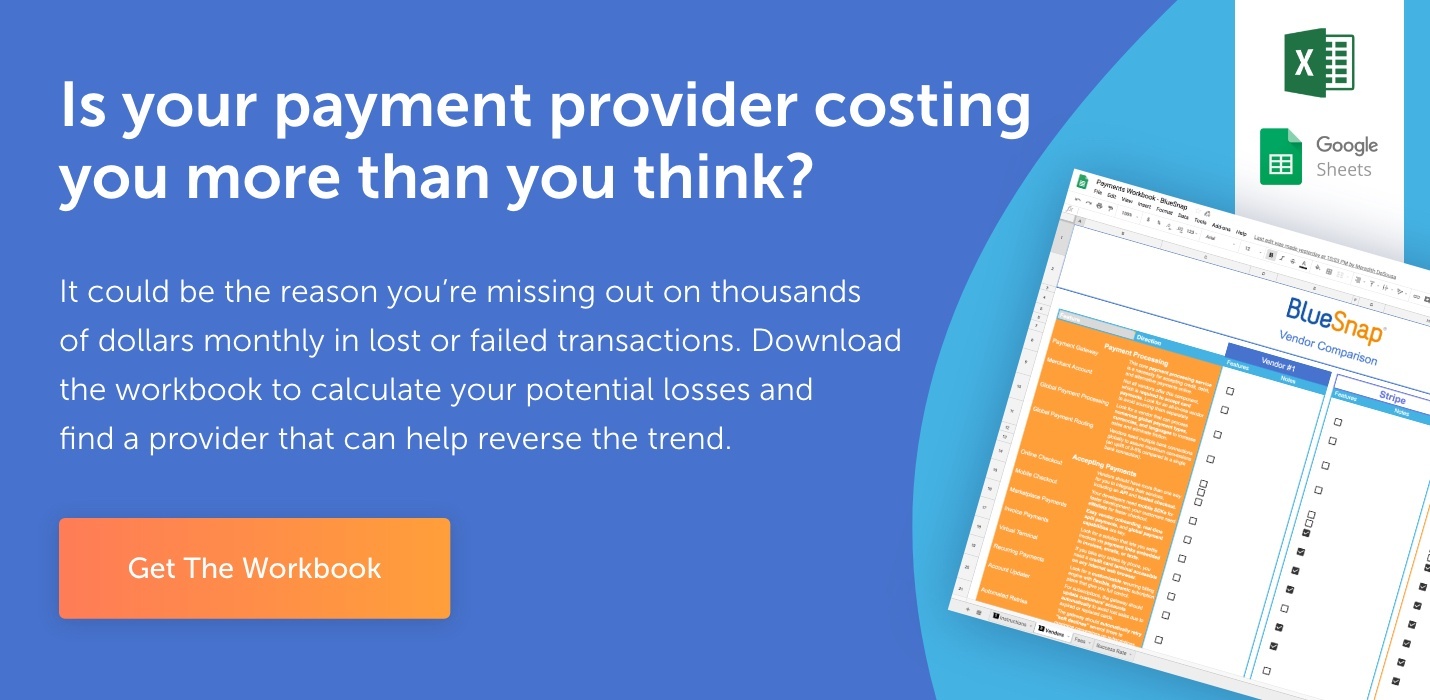As an independent software vendor, what’s one thing you can do today, this month, or this year to enhance your product offerings and delight your customers?
If streamlining your payments processing wasn’t the first thing to come to mind, then we’re here to get this straight: Offering best-in-class payments processing to your customers is a great way to boost the value of your software and bring in new and recurring revenue.
In fact, payments processing has such an impact on the overall platform experience that some software companies who do it really well end up evolving into payments companies themselves. Take Uber, for example — though not quite an ISV company, Uber has created a great customer experience by making payments invisible to the user, deriving a significant portion of their revenue from payments.
Clearly, payment processing is a critical piece of running your business and, if you get it right, it can generate more revenue than the core business itself. But the only way to realize these benefits to their fullest extent is to adapt quickly to the rapidly evolving world of global eCommerce.
Have You Outgrown Your Integrated Payment Solution?
An outdated or poorly-matched payments provider can come with a number of hidden costs. Let’s dive into some of the most common red flags we see ISVs run into when it’s time to switch.
High Cross-Border Fees
The most obvious cost of an outdated payments solution is, well, cost. If your current payment provider is unable to process international payments efficiently, then you’re probably paying very high (and unnecessary!) cross-border fees.
For example, if your business is based in the U.S. and you originally paired with a U.S. payment processor, you won’t be getting the same ease, expertise and efficiency you could be getting from a global provider. As your business grows geographically, you’ll likely experience high payment decline rates, furthering the divide between your potential revenue gains and the sunk cost of a limited solution.
Missed Opportunities
Speaking of sunk costs, think of the number of opportunities you’ve already missed and will continue to miss without a global, fully-integrated payments solution.
As your business grows and your customers begin selling globally, you need to have a payments processing platform that can support different currencies, payment types, and conversions. Rather than limiting your sales to the host country of your old solution, a global, feature-rich payments processor enables you to easily expand into new markets.
Plus, as new payments technology, such as Apple Pay or Google Pay, enters the picture, your customers will come to expect these additional offerings — so don’t let missing functionality become a missed opportunity. If you can’t adapt to disruptions like these in the payments world, your customers are likely to move on to a provider with a more modern payment solution.
Clunky Onboarding
The onboarding process for new eCommerce clients is incredibly nuanced in different regions around the world. Your current payments provider might offer a great, efficient process for opening accounts in one country, but a really clunky — or nonexistent — process for other countries.
Friction in the onboarding process and delays in boarding new customers can disrupt a sale entirely. If your competitors offer a quicker, simpler onboarding process for businesses around the world, you’ll be hard-pressed to convince new customers that your solution is worth the initial nightmarish onboarding.
Poor User Experience
So far, we’ve talked about onboarding, market opportunities, cross-border fees and functionality — but what we really want to get at is the importance of delivering an excellent user experience.
Whatever challenges you’re experiencing with your payments provider, your customers are experiencing it tenfold. To retain and grow your customer base, you need to enable the most seamless payments experience possible with a painless onboarding process, global functionality, the latest digital wallets, and more.
Stop the Revenue Drain By Future-Proofing Your Payments Solution
You might be thinking: I’d rather deal with the devil I know than the devil I don’t.
We get it. If your current payments provider has been especially troublesome for your business, choosing a new provider can be an intimidating process. To avoid any headaches during the integration process, look for a payment provider with really simple payment APIs. In a few days, you could be live with a new provider, global functionality, and localized user experiences.
After all, there are no border limits on selling software — so choose a payment provider who can cross those borders with you.



